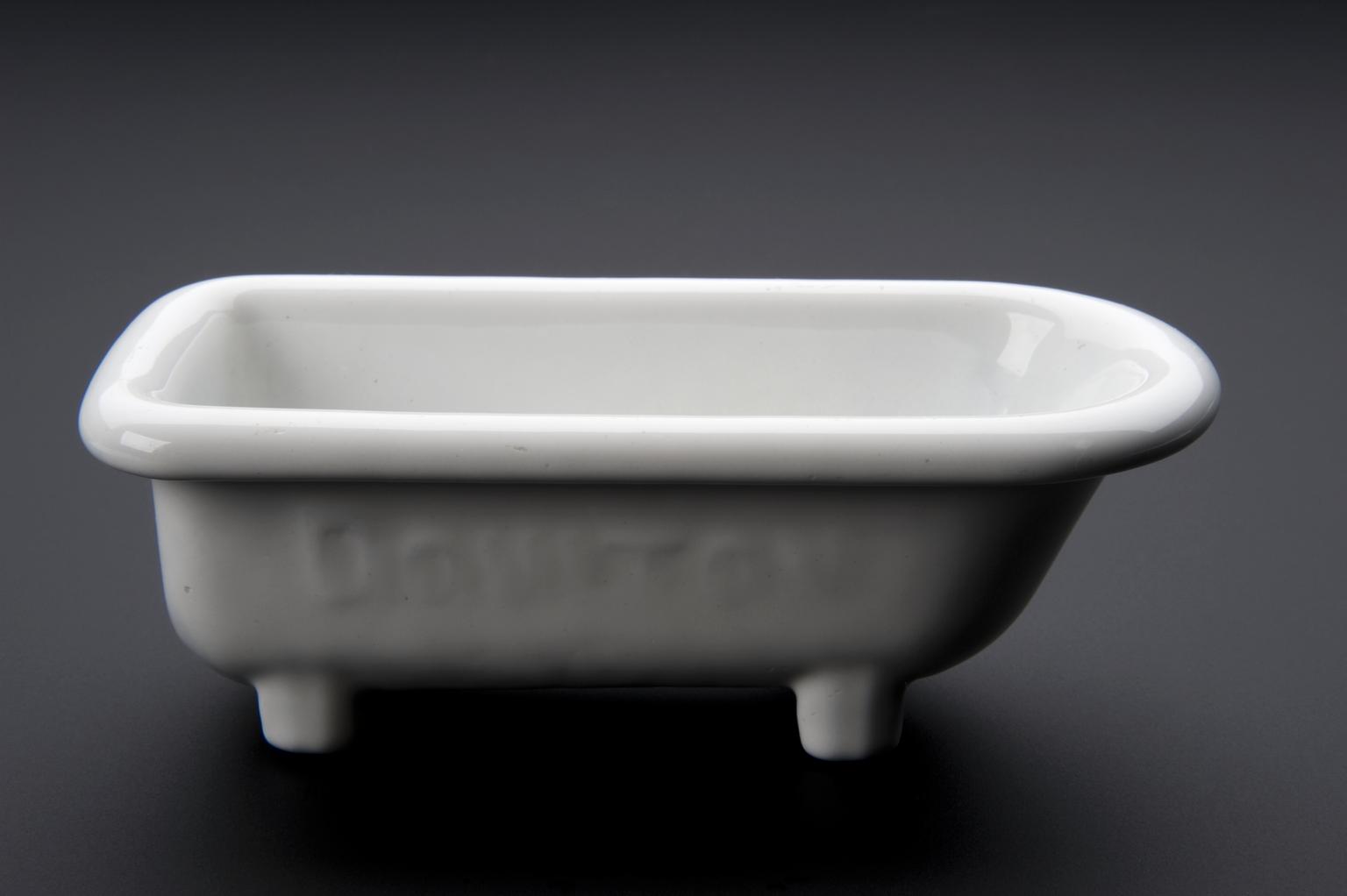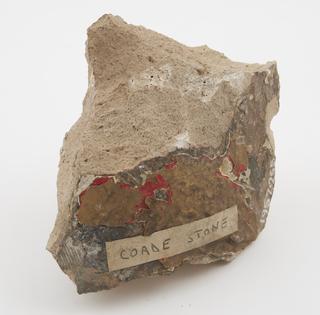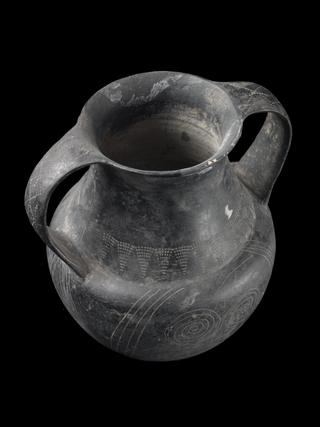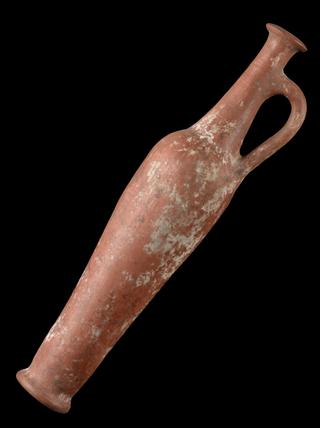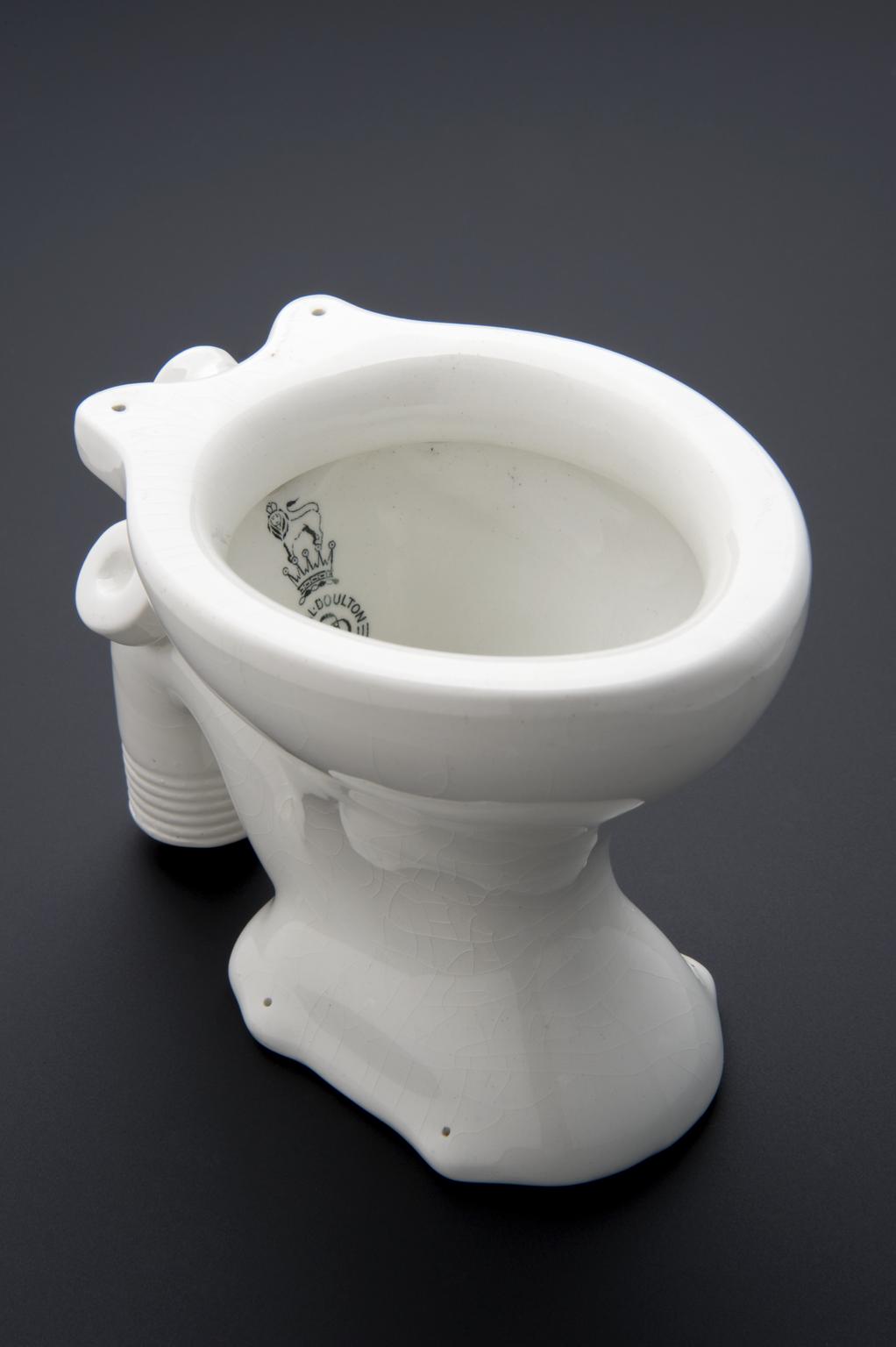
Model toilet, London, England, 1815-1900
Model toilet, one of four sanitary ware models by Doulton, 19th century
More
Made by the famous ceramic company Doulton, this model of a toilet may have been used by travelling salesmen or displayed in an exhibition teaching the public about cleanliness. Improvements in sewage disposal and pumped water supplies to homes were just two of the factors that contributed towards improvements in public health in the second half of the 1800s.
Previously, water supplies contaminated with sewage had led to a wide range of disease outbreaks. In Britain a series of major cholera epidemics throughout the 1800s eventually led to major improvements to the water supply.








